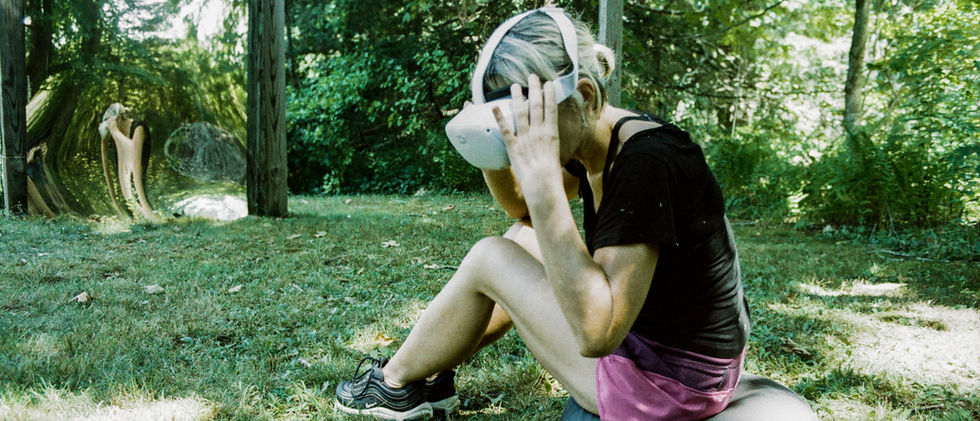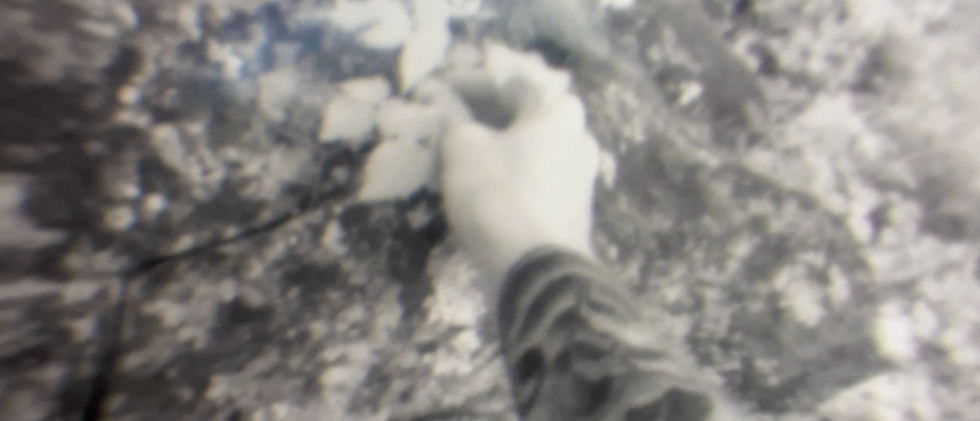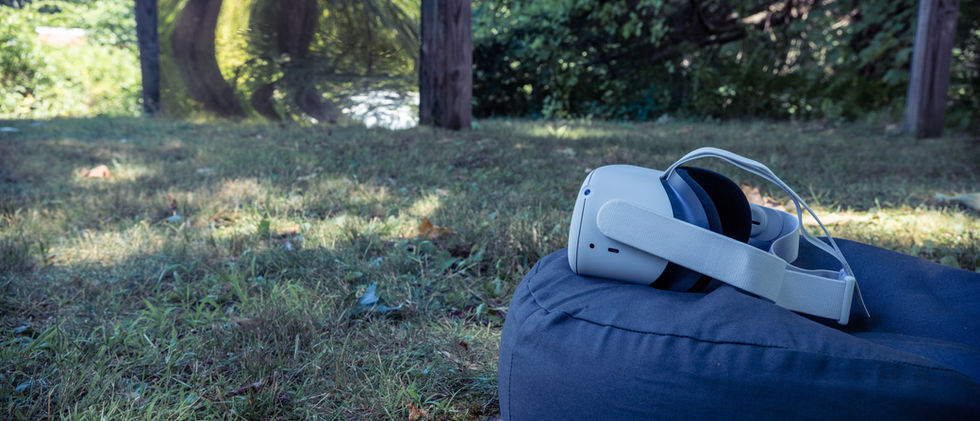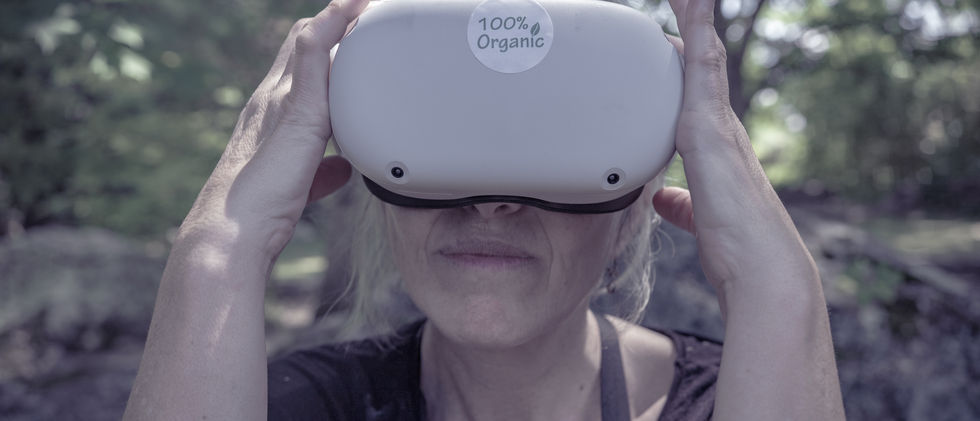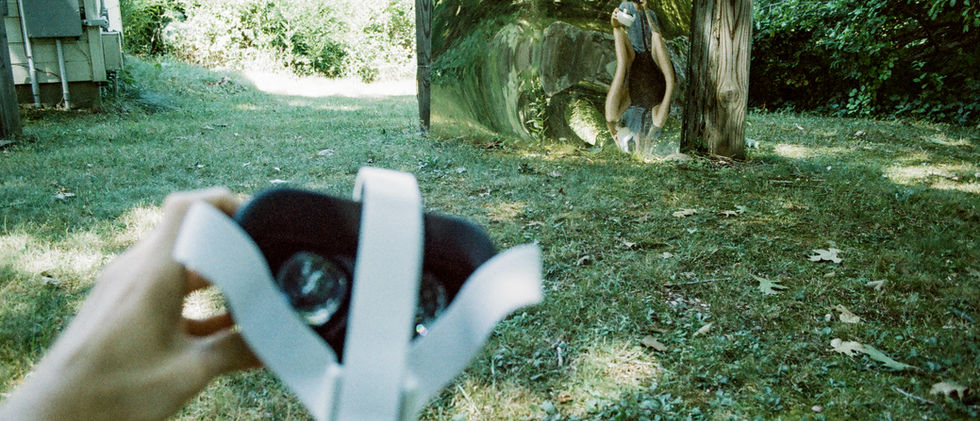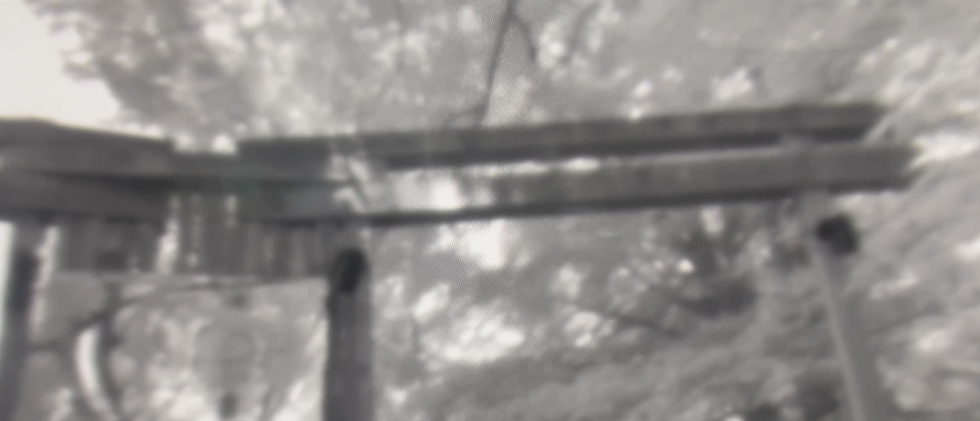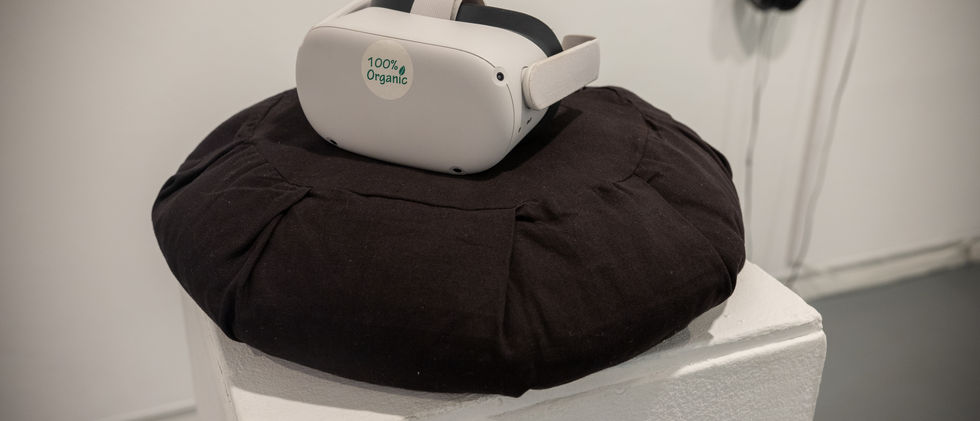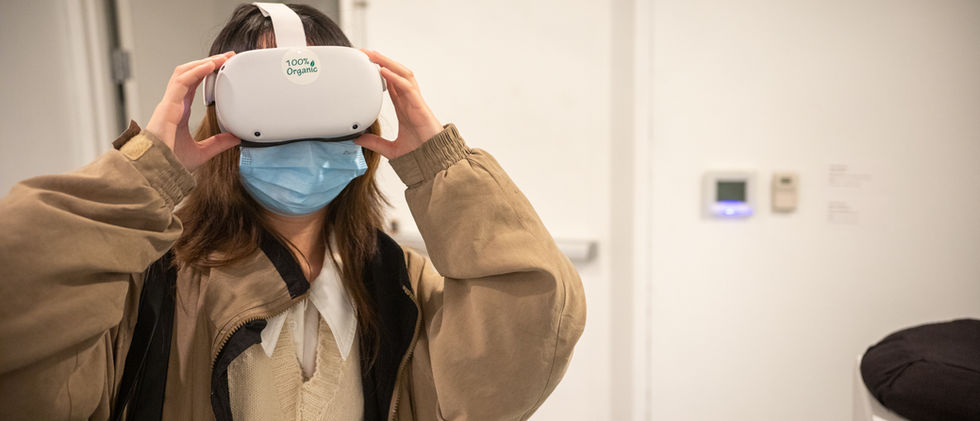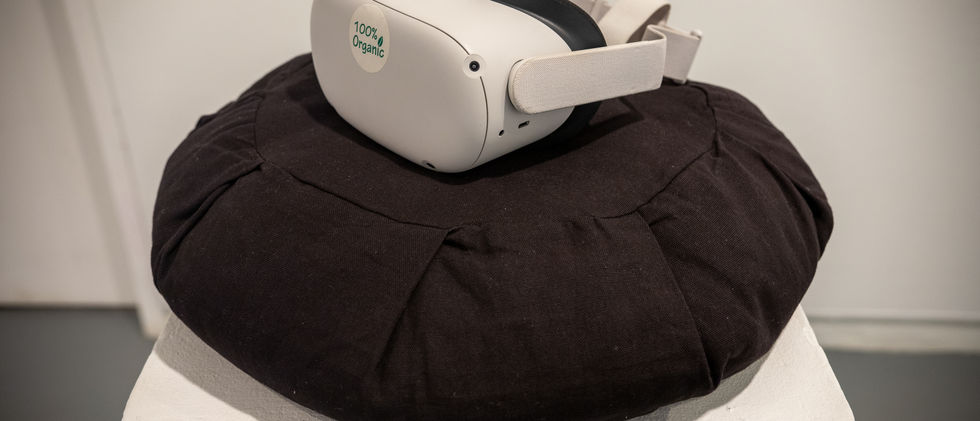top of page
Zen for VR
A site-responsive and self-reflective
virtual reality installation
This research was presented at the Politics of the Machines conference in Aachen, Germany, in April 2024. Please find the full article HERE .
Grimes, Tyler. (2024). Mediated Meditation: Mindfulness in Immersivity. In Proceedings of Politics of the Machines: Lifelikeness & beyond, Aachen 2024. pp. 108-114. DOI: 10.14236/ewic/POM24.16
Documentation
A spectator asked the headset - “I couldn't find the Zen. There was nothing there.”
The headset responded - “Ahh, so you did find it.”
Frustrated, the spectator urged on - “But, I looked everywhere. It was there the whole time?”
The headset responded - “Are you sure your eyes were open?”
After a moment, both had an insight
Documentation - Gallery Setting
bottom of page





